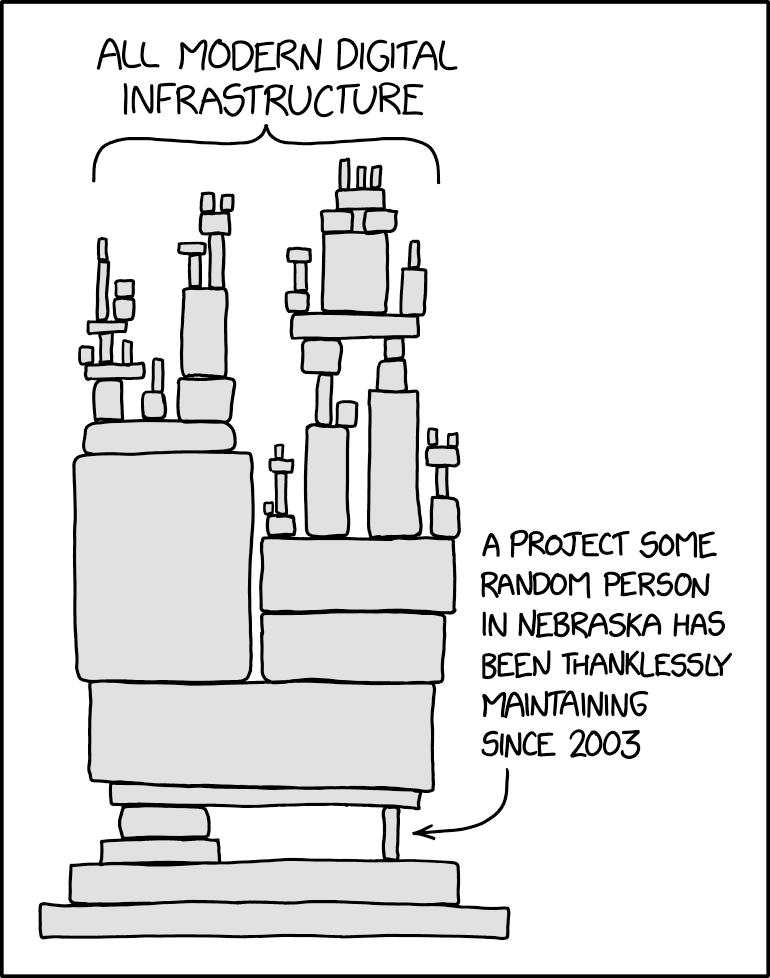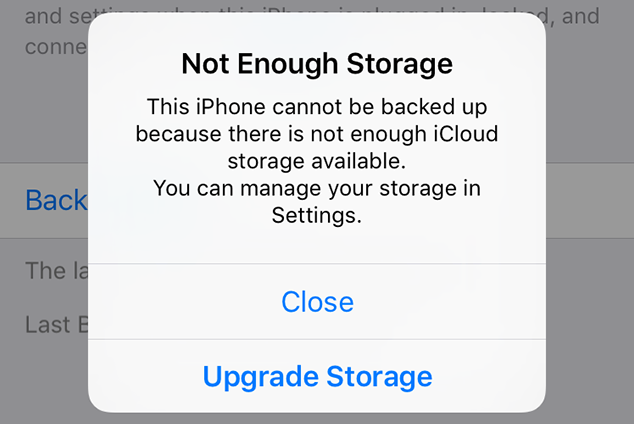The principle of DRY code is probably one of the most important bedrocks of professional programming. It’s a hallmark of what separates an amateur coder from a legitimate engineer: thinking ahead; designing your codebase; making it flexible, modular, and maintainable.
If you haven’t come across the acronym before, it stands for Don’t Repeat Yourself, and it means that pretty much any time you find yourself duplicating blocks of code or logic, you should think about pullling it out into its own function or class or whatever, that would then be called from both of those places.
Why? Because when you later find a bug in it, you can just fix it in one place, instead of fixing it in one place and forgetting to fix it in the other. Or worse, not knowing there even is a second place to fix it in, because you didn’t write the code in the first place, or you did, but it’s been more than three days and you forgot.
Being DRY is the opposite of copying and pasting the same for loop all over the place, because you’re just learning how to program and you’re not sure how to import modules, or really even what a function signature is. That style of programming is WET, because you Write Everything Twice. It’s amateurish and it’s something that a lot of good engineers learn to avoid on their own, after having to fix everything twice, or refactor everything twice, or three times, or six times.
However, people are not CPUs. In fact, we built CPUs, because we’re so bad at being CPUs. For us, seeing the same thing more than once is boring. It’s something we filter out, because boring is not dangerous. The motionless green grass won’t kill us, and so we hardly even notice it. But if it moves in a funny way, suddenly we think it’s because of a snake, and it’s the only thing we can see. We are neural networks. We are built to recognize patterns, to flag any dangerous ones, and to recognize them with high urgency. And so, we are not having fun adding a long list of numbers. Or cross-referencing scientific texts. At least not most of us.
But there’s a tendency, especially in the technical manager, to still think DRYly. “From now on, we’re going to use RabbitMQ for all asynchronous messaging, unless there’s a good reason not to”, you write in the the #dev-general Slack channel, adding that it’s already part of the deployment anyway, that it’s very performant, that it usually doesn’t make sense to reinvent the wheel, and that it’ll be easy to adapt existing code to use it. When you’re done typing this pithy paragraph, you tag it with @channel, giddily dismissing warnings about how many people in what timezones will be getting dinged. “Good! Ding them!”, you cackle. You handle the handful of questions and complaints that arise, explaining that they can still use JSON, that you don’t have to rewrite the project in Erlang, and that yes it’s weird that Dell used to own RabbitMQ. And VMWare. And SpringSource. And that VMWare still owns it. Yes, it’s literally a list of companies you wouldn’t expect… can we move on?
Satisfied with how you navigated that, two weeks go by and you’re in a design meeting and someone pipes up asking why RabbitMQ is now part of the design diagram. Your ears prick and you jump in “Hey Frank, did you not see my Slack announcement a couple of weeks ago?” As soon as you say it, you realize that no, he did not — for he was on vacation. You quickly acknowledge it and say you’ll send it to him, and you search for it because you forgot to pin it in the channel, but that’s fixed now.
Two more weeks go by and you come across a defect ticket being worked, on the old, homegrown asynchronous message service. “How did this even make it into the backlog??” You look at the names on the ticket and DM them “hey guys, there’s some kind of disconnect, because I see this ticket, but we were supposed to stop using the old messaging service.” It’s news to both of them. They remember seeing the Slack announcement, but didn’t realize they should start using Rabbit right away. They thought it was just for new development. “Hmmm… I guess the announcement could’ve been clearer”, you realize.
Two more weeks go by and you’re looking over a giant pull request from Stan when you notice … no … it can’t be. He’s added a whole mechanism for pushing messages over WebSockets! You look at it again, and it’s true. It’s exactly what that cowboy is doing. He just completely ignored the announcement and spent weeks working on this giant component that replicates exactly what Rabbit is supposed to do for us, and fragmented the architecture in the process.
"What Slack announcement is this?" <you send him the link> "Oh. Sorry, I don't remember seeing this. I don't normally pay attention to Slack unless someone DMs me." "Seriously?" "Yeah, can't concentrate with it dinging me all the time, so I turned notifications off."
After you’re done slamming your head against the desk, he tells you that he actually considered RabbitMQ on his own, before dismissing it because he already needed the WebSocket connection for bidirectional communication and it would’ve made the whole message path more brittle to go over two connections. All of which are good arguments, and fits into the “good reason not to” clause.
The story has a happy ending because I’m not GRRM, but it easily could have not. And a fourth one might not. The point here is that there are all kinds of opportunities and good reasons for people to not internalize things. Here are some:
- They didn’t get the memo, for various legitimate reasons ranging from being out that day to technical glitches
- They didn’t understand all or part of it
- They skimmed it, didn’t think it affected them, and promptly dismissed it
- They don’t comprehend things well in that medium: some people need to see pictures and read things, some people need to hear them, some people don’t read Slack but do read email, some are the opposite
- They heard it, understood it, and forgot it anyway
As a leader, I feel like it is absolutely part of the job to be the positive version of Marty McFly’s 2015 boss, that tells him he’s fired via TV and three different faxes, for some reason. Send that Slack announcement, but also send it in an email, and say it out loud in three different meetings with slightly different people, and iMessage that one guy that doesn’t pay attention to anything but iMessage, and paste it in a document and file it in a good place in your document hierarchy and make sure it uses good, searchable words, and add a joke or a pun or something to make it memorable. And repeat it every time the subject gets anywhere close to it, until people audibly start groaning in your direction. That’s when you’ve succeeded.
In other words, for the important stuff, do whatever is necessary to make sure it gets through to the right people. Go to them. Meet them on their own terms, in whatever way they process information. Write everything five times. People are different, both from themselves and from machines. Embrace those differences, because it’s what makes a team a powerhouse of creativity. So you have to repeat yourself — it’s well worth it.














